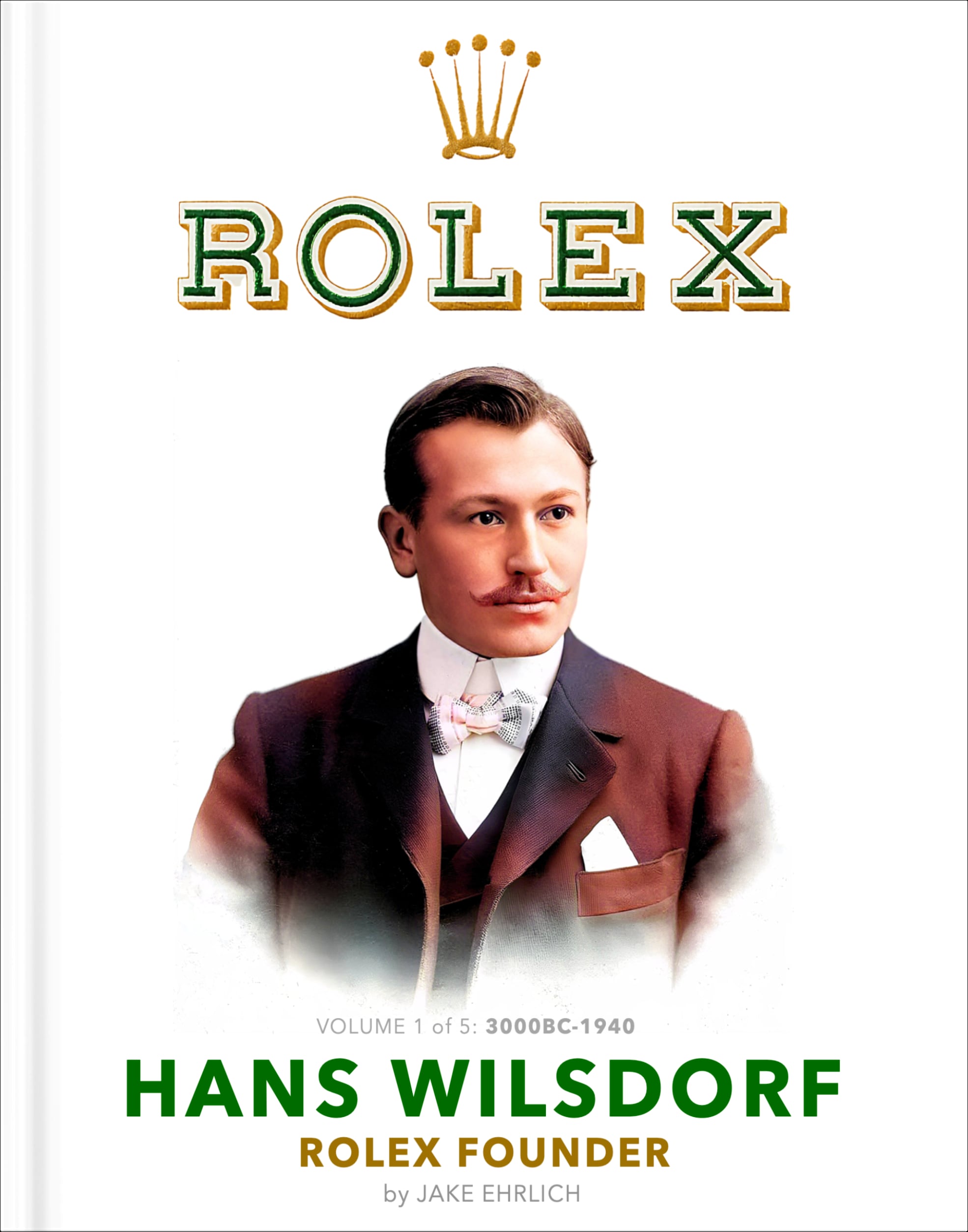
Title: Augustine Ryther and the Emergence of Instrument Crafting in Elizabethan England
By the mid-1500s, the craft of creating mathematical and scientific instruments—a thriving trade across Europe—was beginning to take root in England. While places like Nürnberg, Antwerp, and Milan had long established themselves as hubs for high-quality mathematical instruments, England was still catching up. This dynamic shifted in the 1500s, thanks to pioneers like Thomas Gemini and Humfrey Cole who helped to define the professional role of the scientific instrument maker in the nation. Among their notable successors was Augustine Ryther (fl. 1576–1593), an innovative English engraver and instrument maker whose contributions bridged the fields of cartography, navigation, and mathematics.
Exploring Ryther’s Origins
Few details are definitively known regarding Ryther’s origins. Nineteenth-century biographer Lionel Cust suggested that he might have come from Leeds, Yorkshire, and had a loose association with the esteemed Ryther family of that area. This assertion lacks substantial evidence, aside from his collaboration with fellow Yorkshireman, cartographer Christopher Saxton. What is evident, however, is that Ryther conducted his professional activities in London during a vibrant era marked by growing interest in science, exploration, and trade in Elizabethan England.
Initial Path as an Engraver
Ryther gained prominence primarily for his engraving artistry—a skill that significantly advanced English cartography. He was part of the team that etched maps for Saxton’s Atlas of the Counties of England and Wales (1579), which was the first English printed atlas. Ryther created five of these county maps, including those for Durham and Westmorland (1576) and Gloucester and York (1577), along with the general map of England and Wales. He took pride in labeling himself as “Augustine Ryther Anglus,” emphasizing his English heritage among a collective of largely Flemish engravers.
His engravings within the atlas exhibited the prevalent Flemish stylistic influences of the time, highlighting England’s dependency on continental craftsmen as it sought to cultivate its own professional class of geographers and artisans.
Influences on Nautical Cartography
Ryther’s talents were crucial in the realm of maritime navigation. In 1588, coinciding with the Spanish Armada, he contributed three engravings to the English edition of Lucas Janszoon Waghenaer’s sea atlas Spieghel der zeevaerdt, known as The Mariner’s Mirrour. Commissioned by Sir Anthony Ashley of the Admiralty, this work was revolutionary in nautical mapping and instruction, aiding English sailors in navigating the treacherous western and north-western shores of Europe.
Ryther collaborated with renowned figures such as Theodore de Bry and Jodocus Hondius—continental engravers who later rose to prominence in the field of cartographic publishing. His association with these notable artists solidified his role in the emerging English cartographic tradition.
Chronicling the Spanish Armada
One of Ryther’s most influential independent projects was his 1590 release of the English translation of Expeditionis Hispaniorum in Angliam vera Descriptio, detailing the victory over the Spanish Armada. Based on writings by Italian calligrapher Petruccio Ubaldini and potentially aided by maps from Queen Elizabeth’s surveyor Robert Adams, Ryther’s edition showcased ten engravings of naval battles that visually documented the Armada’s notorious journey around Britain.
The intricate maps and accompanying narrative not only served as a patriotic testament to a national victory but also highlighted Ryther’s technical prowess. These maps illustrated the tactical maneuvers of both the English and Spanish fleets and were made available at Ryther’s own shop situated near Leadenhall.
Partnership with the Mathematical Community
Ryther also worked with Thomas Hood, noted as England’s first official mathematics lecturer, appointed as “Mathematicall Lecturer to the Citie of London” in 1583. In 1590, Hood issued celestial planispheres designed in flat projection, specifically intended for maritime application. Ryther engraved these planispheres, marking them as the first printed celestial hemispheres in the nation.
This collaboration reflected the growing intersection of theoretical mathematics and practical navigation. Ryther facilitated the distribution of these tools, smoothing the transition from academic understanding to practical application for English navigators, solidifying his critical role in the maritime advancement of England.
Innovative Urban and Recreational Cartography
In addition to scientific endeavors, Ryther’s engravings adorned decorative pieces. He crafted Ralph Agas’s bird’s-eye view map of Oxford (1588) as well as a nine-sheet map of Cambridge attributed to John Hamond in 1592. These works served both educational and aesthetic functions, boosting public interest in cartography.
Among his most playful yet instructive creations was the 1590 Bowes set of cartographical playing cards. Each suit depicted a different region of England and Wales, and the deck featured maps of London and the realm, alongside a portrait of Queen Elizabeth. The London map—potentially the first engraved and printed in England—strengthens